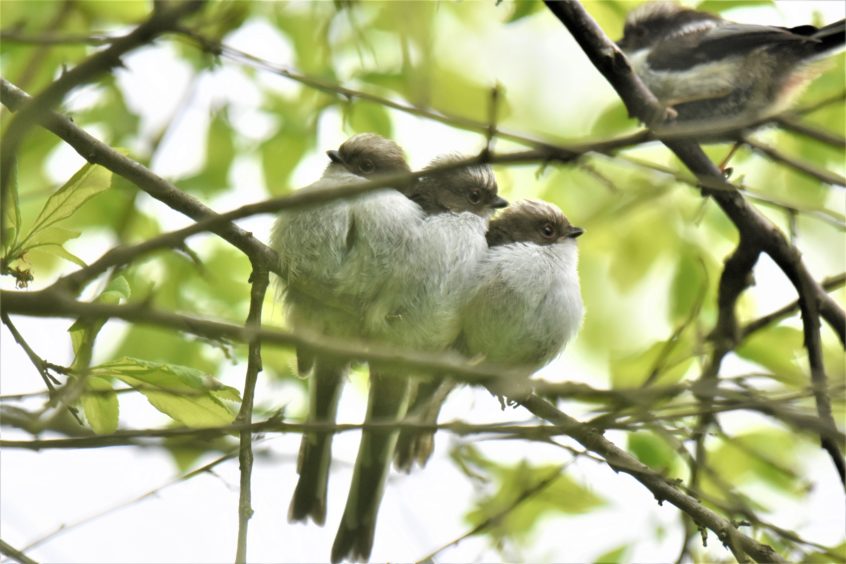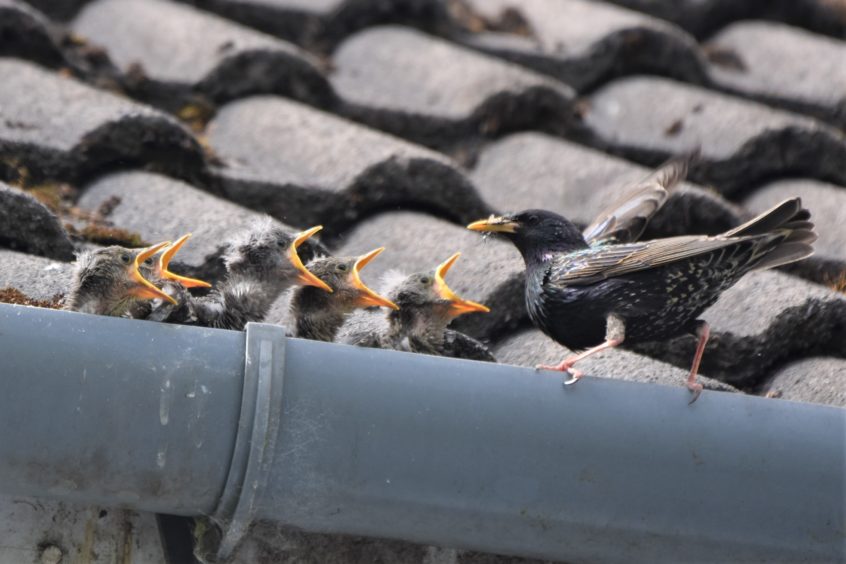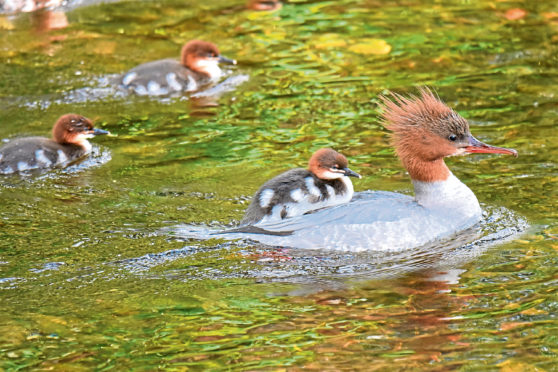It was a disaster waiting to happen: the five young starlings had boldly crowded out from their roof nesting hole and onto the open gutter, their wide yellow gapes begging for food from the parents, who swept backwards and forwards like busy bees with grubs to poke down their hungry throats.
It was a wonderful scene of a bird family on the cusp being reared, but I carried a heavy heart, for experience told me that carnage was inevitable. The youngsters were still unable to fly, and because they were noisy and highly visible, it would only be a matter of time before a crow or magpie spotted them.
Sure enough, not long after, when I was in an upstairs room, a shadowy flash of black swept past the window, followed by a flurry of anguished cries. A crow had struck. I rushed down to the garden, where a dead young starling lay on the lawn and another one cowered beneath a bush after having jumped for its life. I suspect the crow had snaffled another one of the fledglings. All was not lost, for I could hear frightened starling calls from up in the roof, and it appeared at least two youngsters had scuttled back into the safety of their nesting hole.

At a time when our countryside is brimming with recently fledged young birds, this is a period of great bounty for predators. At the start of one week on the River Devon, I spotted a mallard with eight ducklings; a few days later she only had three, after having run the merciless gauntlet of mink, otters, gulls, and crows.
That is the way of things with nature and the reason why a mallard hatches so many ducklings in the first place. If only a couple of her brood reaches adulthood, then her job will have been successfully completed.
Young birds of all species are new to the dangers of the outside world, and wariness and guile need to lie at the very heart of their souls if they are going to have any chance of survival.

Such abundance of young birds has also brought me some wonderful sights, including a mother goosander swimming along the river with one of her chicks perched comfortably on her back, enjoying an easy ride.
Long-tailed tits have had a spectacularly successful breeding season, and I have encountered roving flocks of youngsters on several occasions. In one instance, I heard a fluttering in a willow just above my head, and when I looked up, three fluffy young long-tails were sat on a branch huddled against one another and peering down upon me.
As for my starlings, well, two youngsters were successfully reared. The adult birds are now eyeing up the roof nesting hole again in anticipation of raising a second brood. Hopefully, this time around, the fledglings will not be so gung-ho when attempting to attract their parents to feed them.
INFORMATION:
The size of bird egg clutches can vary tremendously depending on species: a swift, for example, will only lay two eggs, a blackbird four or five, whilst a blue tit may lay up to 15 eggs.










